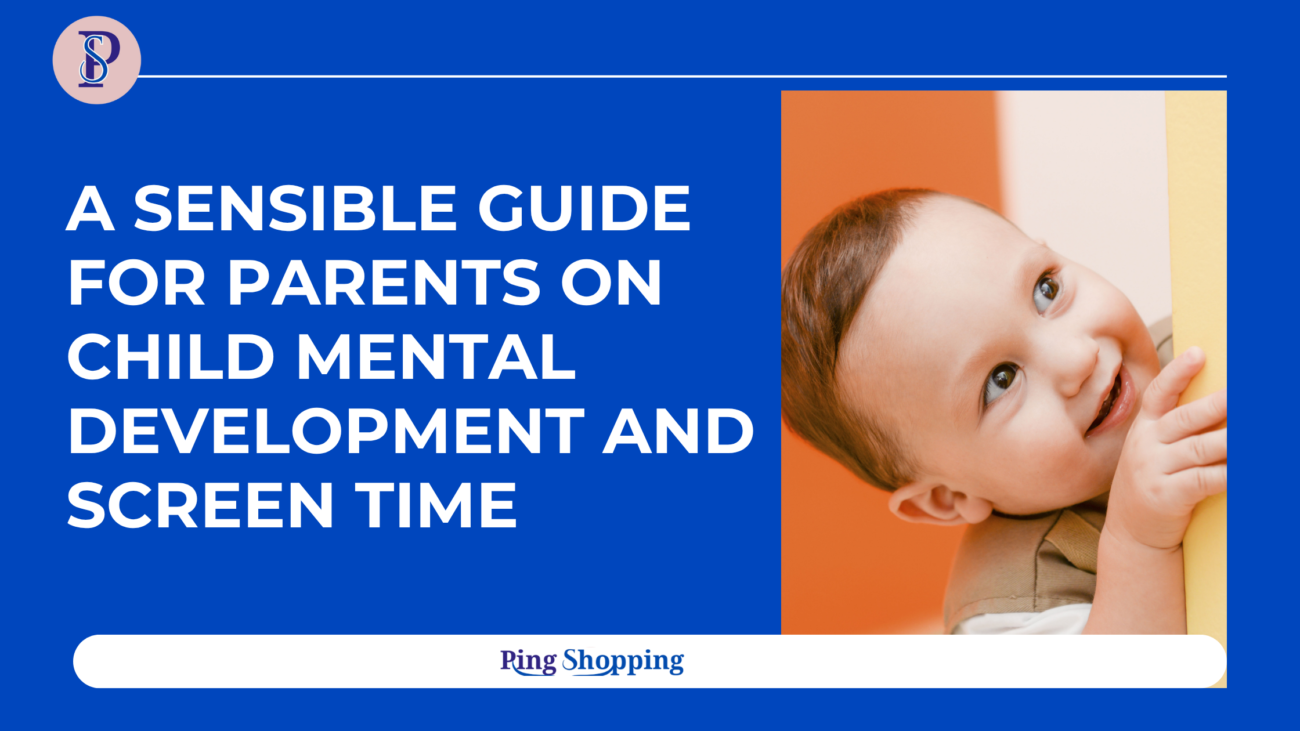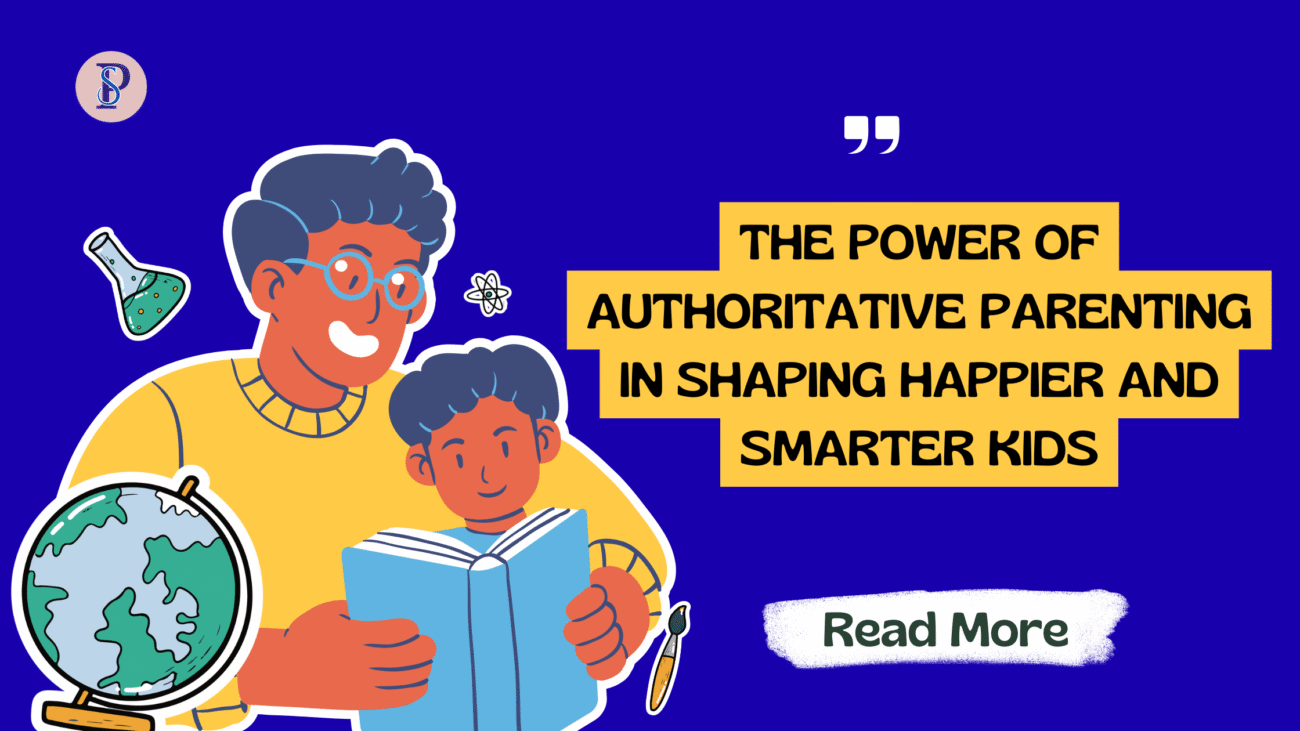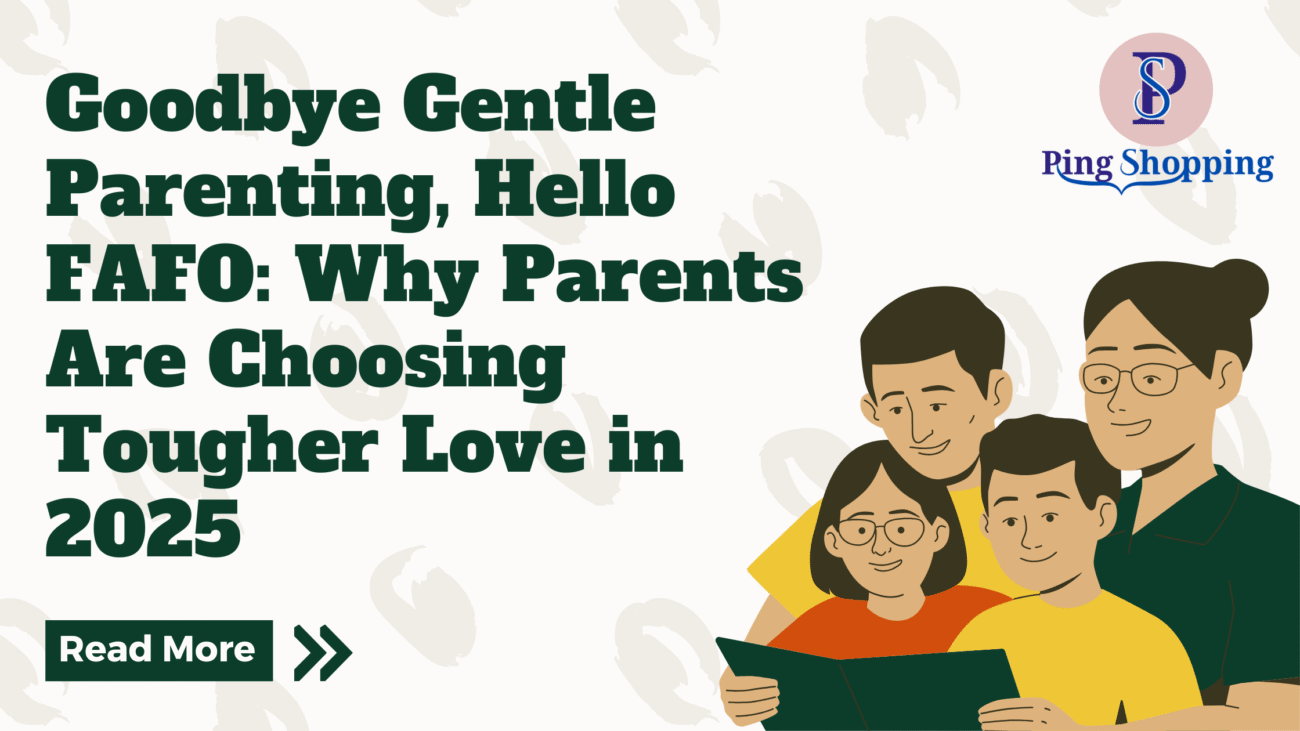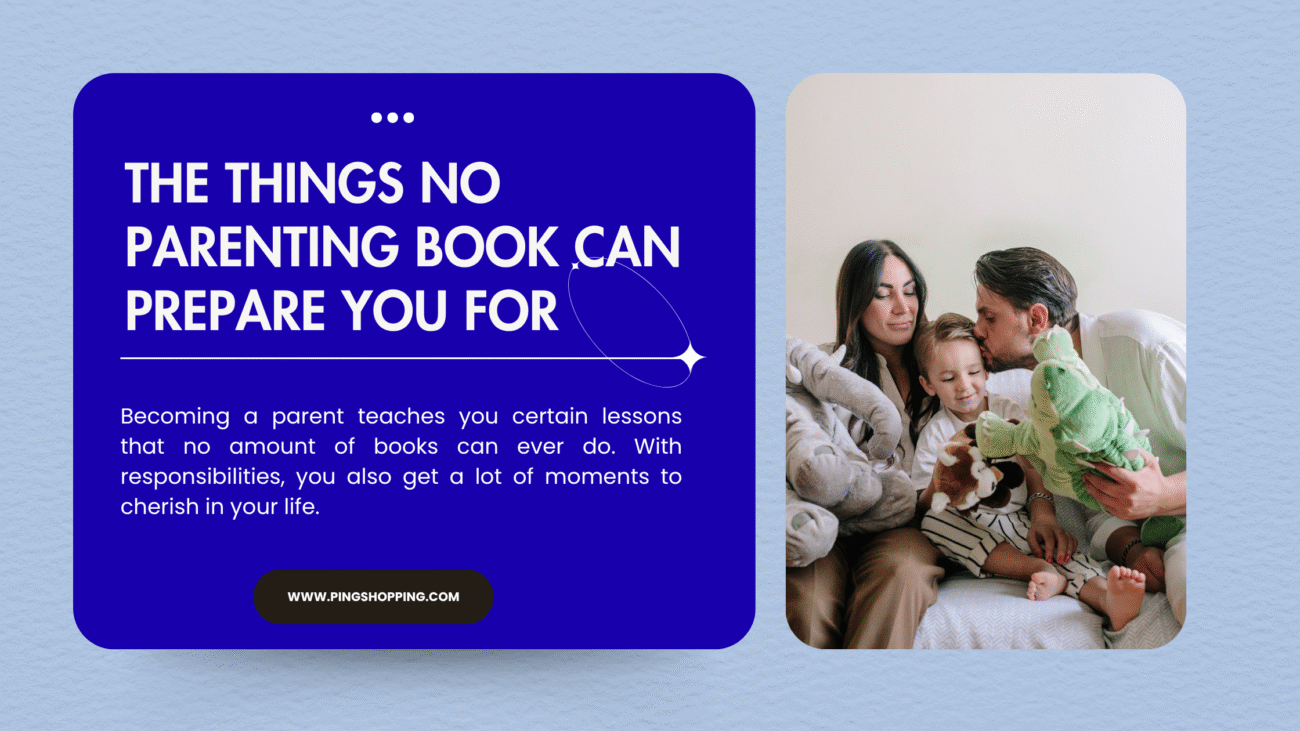As the world becomes increasingly hyper-connected through the power of the internet, digital technology is being woven into every aspect of our lives. From education to communication, it is everywhere. However, this presents a unique challenge for parents in their child mental development. If your child is spending a huge amount of time on screen for educational or entertainment purposes, it will change the way they control their lives. Although technology is helping them to learn more, you have to maintain a balance between screen time and social deprivation for them.

Table of Contents
The Great Screen Time Debate
According to the author of The Anxious Generation, Jonathan Haidt, he is showing a grim picture of increasing smartphone use. He mentioned how screen time leads to social deprivation, sleep deprivation, and attention fragmentation. In fact, it is very common nowadays to notice children engaging with smartphones while their parents work. Gradually, the children develop an addiction to the devices. On the other hand, some research also suggested that there is no relation between the two.
Screen Time is Not Created Equal
The most important thing parents need to understand for their child mental development is that not all screen time is harmful. The way we differentiate between junk food and nutritious meals, the same goes for the quality of digital content that your child consumes. The science of learning offers four key pillars of digital content:
- Children should be mentally involved and not just watch or swipe
- Content should be connected to the real-life experiences of children
- Apps that lead to better social engagement support child development outcomes
- Quality apps are created with educational purposes in mind
From the studies, it has been noticed that out of 100 downloaded apps by parents, only three of them meet the criteria for preschoolers and kindergarteners. This is a concern for the parents because the digital diet that young children are receiving can be truly harmful to their mental development.
Banning the Phone: Is it a Solution for Better Child Mental Development?
Considering the above stats, it’s not right to ban screen use completely. Somewhere, screens have an important part of their life in the way books, toys, and playgrounds have been. You can’t stop them from using the devices, as they serve as a learning tool too. But, keep in mind to use a co-viewing approach so that children engage too during screen time. According to the American Academy of Pediatrics, it’s difficult for parents and caregivers to follow this co-viewing approach. That’s why a realistic alternative can be to build a library of apps, shows, and games that can aid in a child mental development.
Screen Time as a Supplement
The wise use of digital technology can bring a significant change. For instance, a platform called Stories with Clever Hedgehog, which was launched during the war in Ukraine, helped children access books and games in their native language. It acted as a learning tool and source of cultural continuity. Moreover, products like Amazon Glos were created to help long-distance families interact with children playfully. Similarly, companies like Toca Boca teach in a fun and creative manner. These are crucial to the child mental development and overall growth.
Helping Children Find Balance
While children are spending more time on screen, it’s you who can aid in finding a perfect balance for them. In the United States, kids under eight years of age spend four hours a day on screen. On the other hand, the children above 8 years are spending more than 8 hours on screen. Due to this, it rewires the brain because such exposure will displace physical activity, free play, and interpersonal connection.
A Balanced and Realistic Approach
For child mental development, Michael Rich, a well-known “mediatrician” from Harvard University, has suggested a balanced strategy. He pushes people to focus on the critical and intentional use of media. Some recommended steps were:
- Maintaining a flexible schedule and setting screen boundaries.
- Encourage the co-use when it is possible
- Choose apps and videos that meet the four pillars of good learning content.
- Discuss what your child is watching or playing and why they enjoy it.
- Always be an example by limiting your own screen time, so they can get inspiration and learn from you
Being a caregiver, you have to embrace digital technology and choose content selectively. Children can learn in the tech world by consuming what’s important and suitable for them. Support them in their learning journey and technology exploration, but know where to draw the line.





